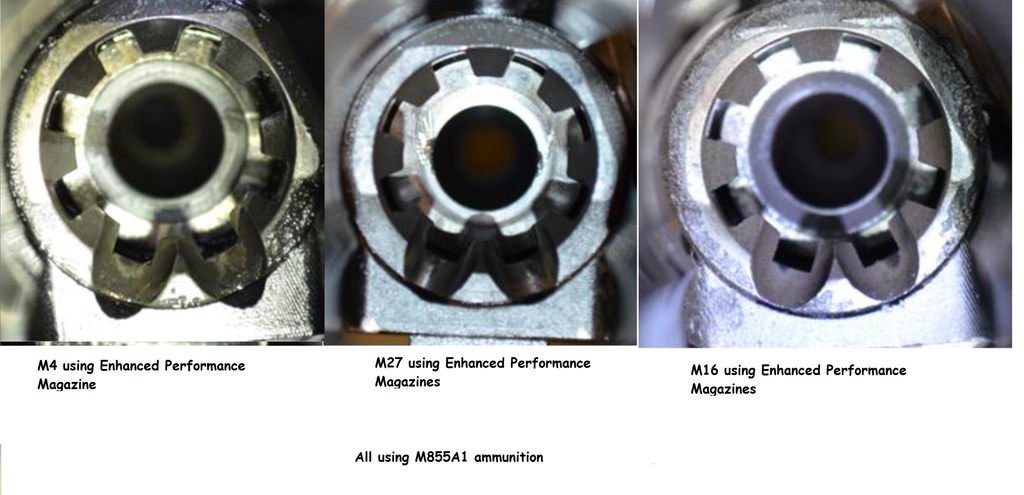More for Draken ! the South Africans Mirage F1 have only 2500 hours almost new
Draken International Adds Twelve Atlas Cheetahs to their Radar Equipped Supersonic Fleet
Lakeland, FL (December 11, 2017) - Draken International, a global leader in advanced adversary air services, has announced the acquisition of twelve South African Atlas Cheetah fighter aircraft, reinforcing the company’s focus on providing advanced capabilities to its clients. As the demand for increased capacity of adversary resources continues to soar throughout the Department of Defense (DoD) and globally, Draken’s new Cheetah jets will provide the USAF, USN, and USMC an advanced radar-equipped supersonic platform to train against.
Viewed as a major achievement for the South African Defense Industry, Denel Aeronautics, the aircraft design authority, remains committed to the expeditious transfer and complete regeneration of nine Cheetah C models (single-seat) and three D models (two-seaters) to ensure Draken’s fleet achieves operational status by mid-2018. In addition to the procurement of the Cheetah fleet, Draken and Denel have created a partnership that will include follow-on service support to help ensure performance reliability.
Draken is currently the only commercial air services provider supporting the DoD with 4th generation capabilities. The company’s A-4 Skyhawks equipped with APG-66 radars, and L-159 Honey Badgers with GRIFO-L radars, have proven to be highly effective adversaries for the USAF, ANG, USMC and international partners. Supplementing the Draken fleet with these 4th generation Cheetahs will offer customers an extremely capable yet highly cost-effective platform. The twelve Cheetahs are complemented by Draken’s recent acquisition of 22 modernized radar-equipped Spanish Mirage F1Ms.
Draken’s core competency is its ability to acquire and operate affordable, supportable, credible and capable fighter aircraft. Draken also remains dedicated to tracking and evaluating aircraft globally with proven success operating fleets of aircraft that include the A-4 Skyhawk, L-159 Honey Badger and Aermacchi MB-339. With both the newly acquired Cheetahs and the Mirage F1Ms modernized in the 1990’s, these highly capable platforms were selected over early model F-16s and non-modernized Mirage F1s based upon their true 4th generation capabilities. Developed as a variant of the Mirage III, the Mach 2.2 Cheetahs are equipped with radars, radar warning receivers, and other advanced avionics. The Cheetahs also have an average of 500 hours on each airframe and are considerably younger than many of the F-16’s, F-15’s and F/A-18s they will challenge in the Red Air capacity.
Sean Gustafson, VP of Business Development at Draken stated, “Our customers within the USAF, USN, and USMC have asked Draken to evolve our capabilities in order to simulate the 4th generation adversaries the United States may have to face in the future. While our extensive fleet of A-4K Skyhawk and L-159 Honey Badgers are modernized with sophisticated radars and sensor suites, it’s a challenge to deliver modern enemy capabilities at a low price point, which is a fundamental requirement for our industry. However, with the recent purchase of our low-time Spanish Mirage F1M’s and our South African Cheetahs, we now have the ability to deliver supersonic, modernized, and truly threat representative 4th generation capabilities at a very affordable price point.”
The demand for capable adversary aircraft within the DoD continues to exceed expectations and Draken is working diligently to meet that demand. Along with the procurement of 22 modernized Mirage F1Ms and F1Bs, the Cheetah will be offered for various contracts within the USAF, USN, USMC, and US-partnered militaries. Draken remains a pioneer in the ADAIR service industry providing essential training to all military services. As Draken’s current contracts evolve to handle additional requirements, so will our ability to provide enhanced support for combat readiness training.
Gustafson further stated, “As the leader in the commercial air service industry, not only by the number of operational aircraft, but by the number of contracts and total annual flight hours, Draken will continue to raise the bar for all to strive for. Capacity and capability are the dominant themes for the ADAIR business driven by the contractual requirements of our customers. As the only provider of Red Air for the USAF, including the weapons school and Red Flag, Draken is committed to delivering extensive capacity in order to manage a majority of the enormous ADAIR demand throughout the entire DoD. This is why we have purchased the A-4, L-159, Mirage F1M, and now the Cheetah, the first truly 4th generation platform in the industry.”
Draken is committed to providing US and allied fighter pilots the most advanced live air training solution by investing and expanding the largest, most advanced fleet of tactical fighter aircraft in the industry. Their entire organization, including ownership, management, pilots, and maintenance personnel will continue to provide the best service available globally.
About Draken International
Draken International is the world’s largest operator of ex-military aircraft. The company is based out of Lakeland Linder Regional Airport in Lakeland, FL. The organization sets a new standard in airborne adversary support, flight training, threat simulation, electronic warfare support, aerial refueling, research, testing, as well as other missions uniquely suited to their fleet of aircraft. With over 100 tactical fighter aircraft incorporating modern 4th generation capabilities, the company is uniquely positioned to answer the growing global demand for commercial air services. Draken employs world class, military trained fighter pilots including USAF Weapons School Instructors, Fighter Weapons School Graduates, TOP GUN Instructors, Air Liaison Officers, and FAC-A Instructors. For additional information, visit .



/arc-anglerfish-arc2-prod-mco.s3.amazonaws.com/public/REC7JL4IY5FFPPC3CA2EQVDPFY.jpg)


/arc-anglerfish-arc2-prod-mco.s3.amazonaws.com/public/VEWB2XEFYJCR5F5RHKJ4K6CWFA.jpg)